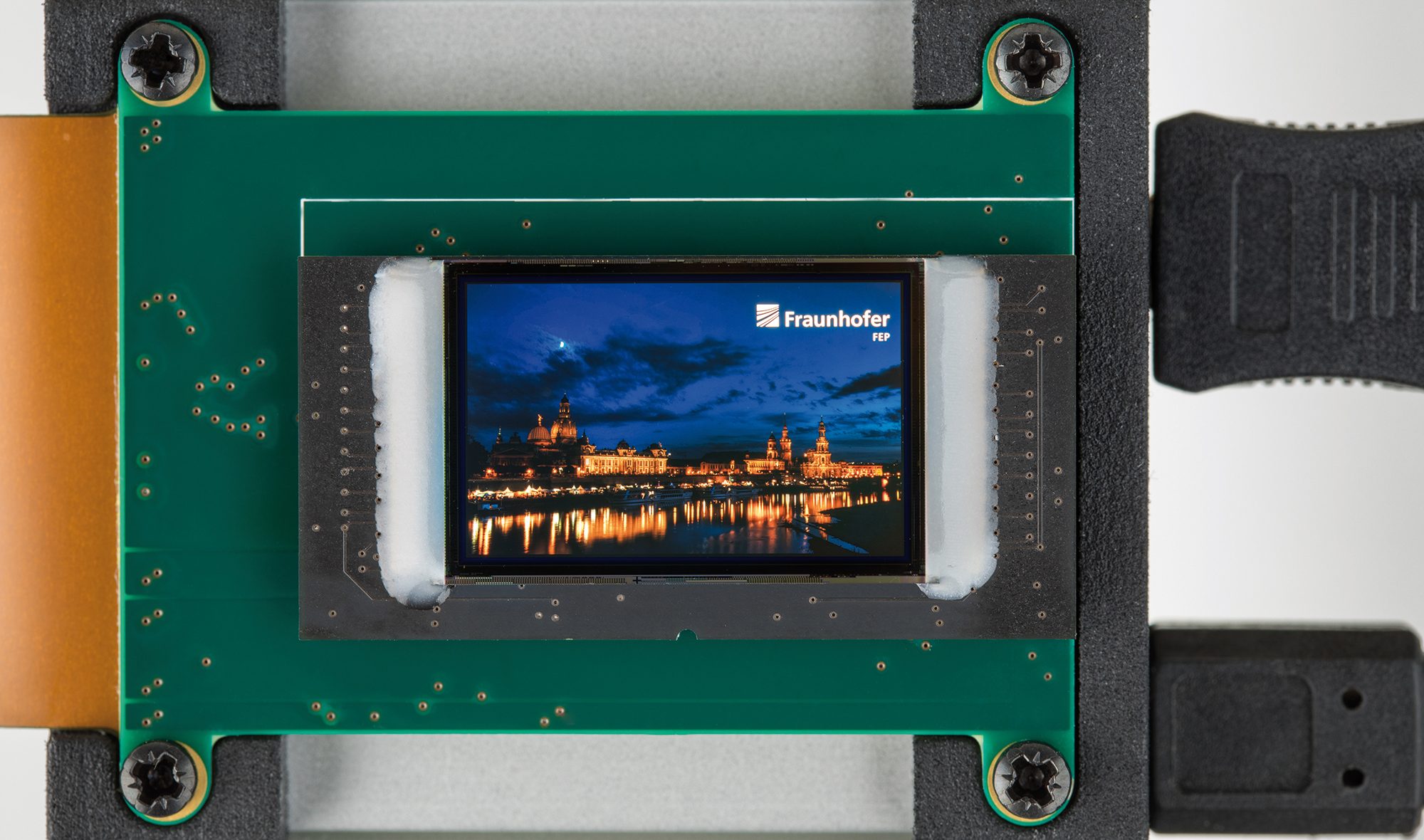A small but significant fraction of people experience motion sickness or headaches when using virtual reality headsets, an issue Fraunhofer believes can be remedied with high-speed microdisplays that come closer to users’ eyes. Funded by a European project to popularize tiny but cost-effective screens, the German R&D institute will show prototypes of its new displays next month.
The key to the innovation is a chip design that enables multiple high-resolution OLED-on-silicon microdisplays to work quickly together at high 120Hz framerates. In addition to offering 100,000:1 contrast ratios and ultra-low power consumption, Fraunhofer’s displays include a mode that eliminates flicker and motion artifacts. Thanks to their speed and quality, the displays promise to reduce motion sickness and headaches caused by earlier solutions.

Unlock premium content and VIP community perks with GB M A X!
Join now to enjoy our free and premium membership perks.
![]()

![]()